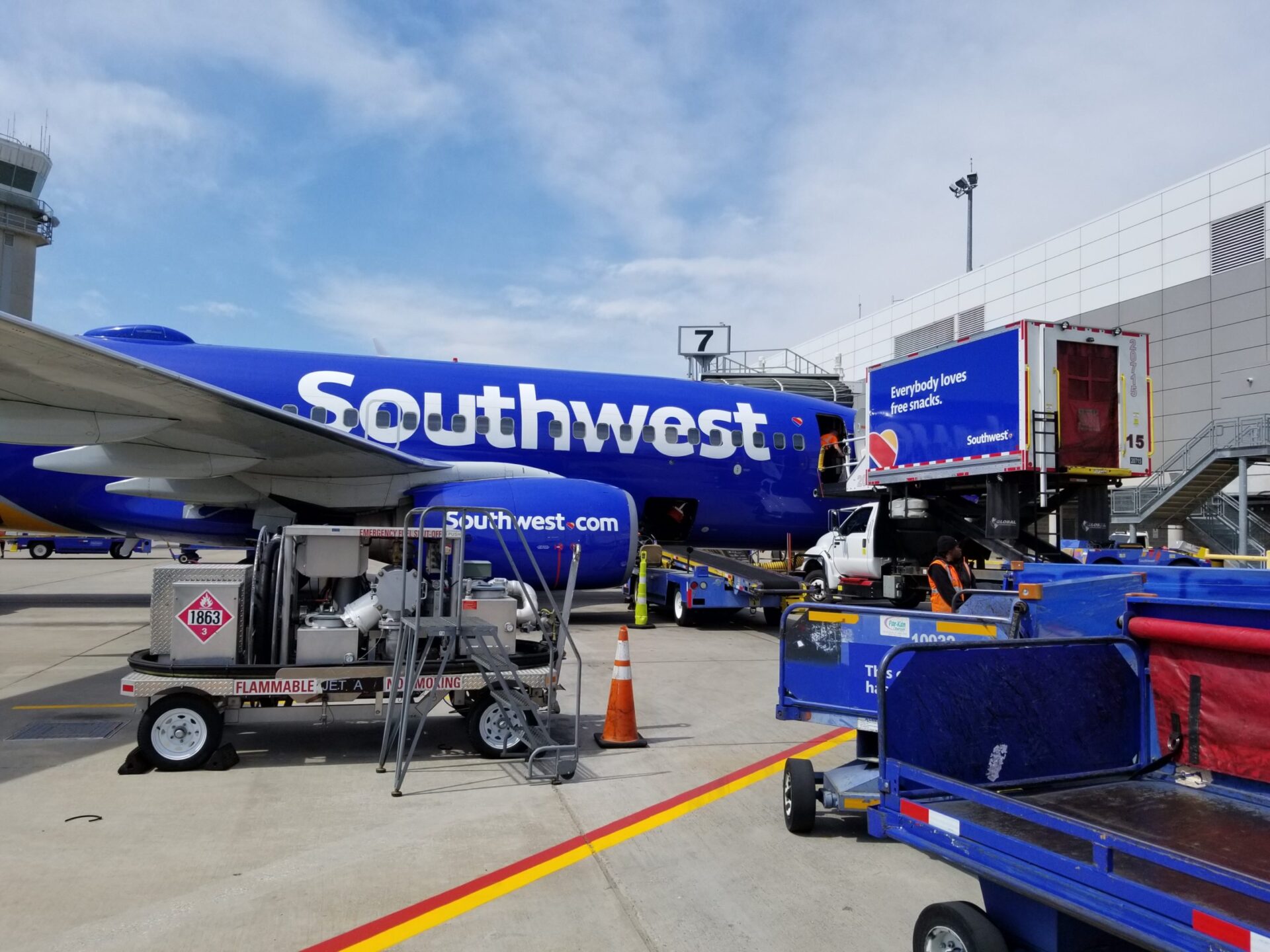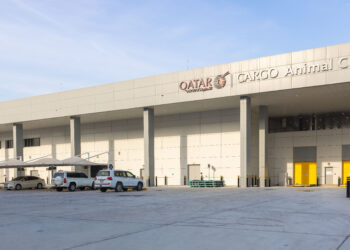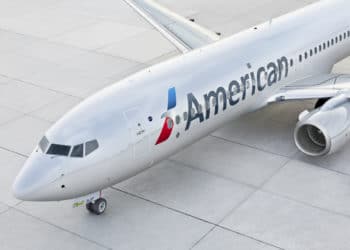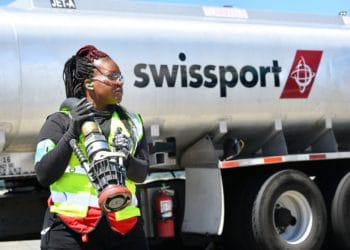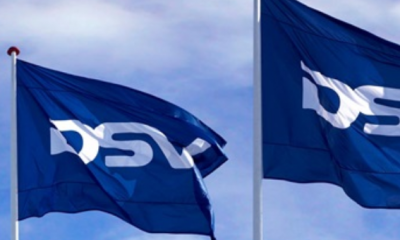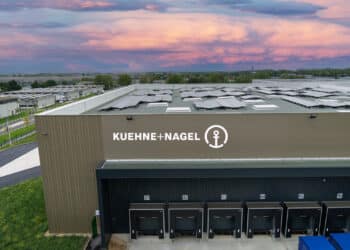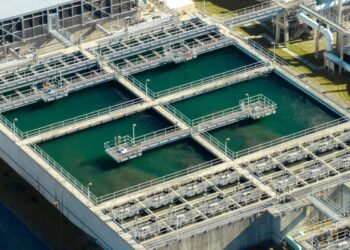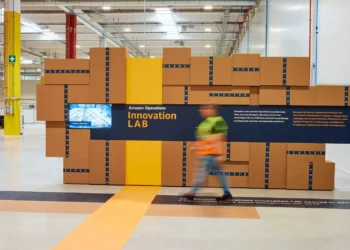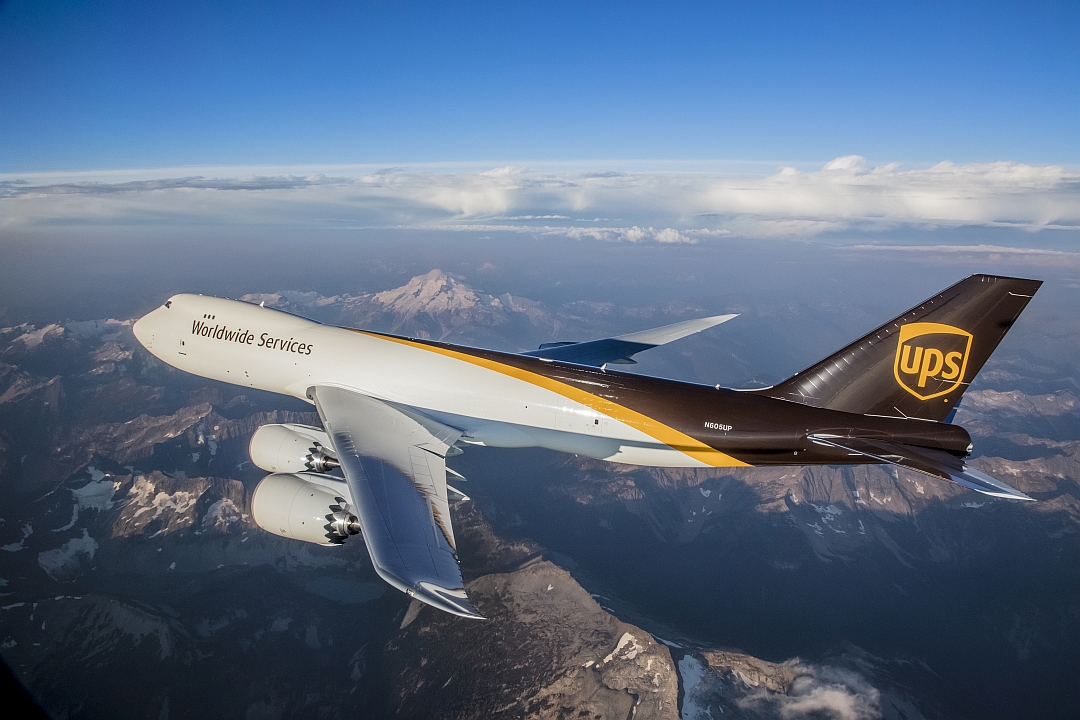No products in the cart.
AAPA reports moderate growth, higher fuel prices
Growth in demand for trans-Pacific capacity dipped slightly during September, according to the Association of Asia Pacific Airlines’ (AAPA) latest regional traffic results released earlier today.
Member airlines’ air cargo traffic, measured by freight tonne kilometers (FTKs), grew by 4.4 percent during the month “against a backdrop of easing expansion in global manufacturing production and new business orders.” For the first half of the year, the carriers reported 4.8 percent growth, compared to the first half of 2017.
Looking ahead, AAPA’s director general, Andrew Herdman, said that global business confidence is “relatively firm, but may be undermined by uncertainty about emerging geopolitical risks and policy responses to escalating trade disputes.”
Herdman said that e-commerce continues to drive demand for trans-Pacific air cargo capacity, but that member airlines are feeling the burn from higher fuel prices, which companies have claimed dinged bottom lines in their third-quarter financial reports released this week.
“Overall, Asian airlines remain focused on adapting to changes in this always-dynamic industry, seeking out additional growth opportunities whilst striving to maintain margins pressured by the impact of higher fuel prices,” he said.

